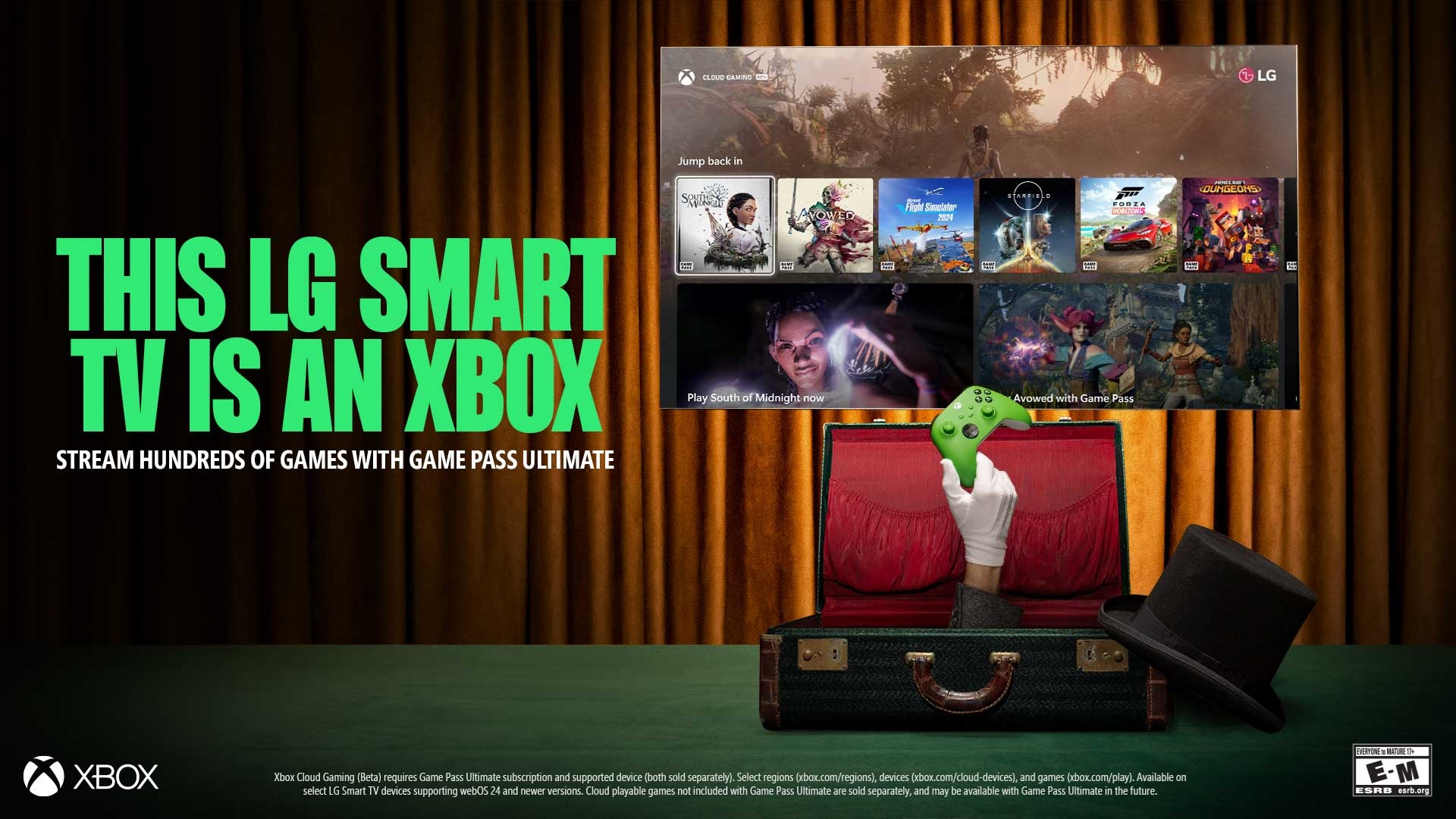Effective marketing will be key to Microsoft's Windows Mixed Reality success
In 2015, Microsoft introduced HoloLens and Windows Mixed Reality (previously called Windows Holographic), the company's wearable Windows 10 computer and holographic platform that powers it.
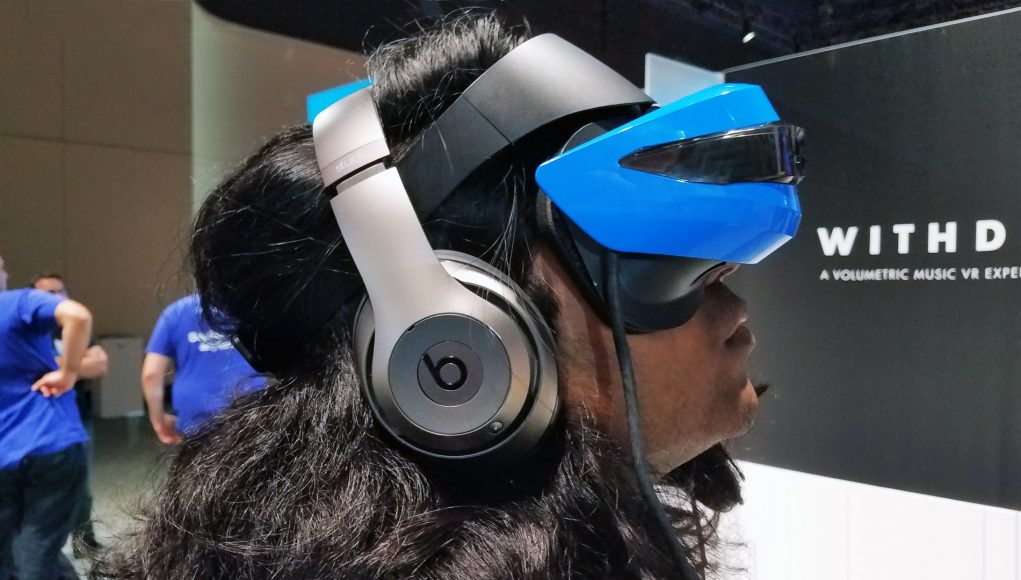
HoloLens creator Alex Kipman introduced the device's ability to overlay holograms onto the real world in the wearer's field of view. This mix of digital content and the physical world, called augmented reality (AR), represents one extreme of the mixed reality continuum.
Virtual Reality (VR) is the other extreme where users are immersed in a virtual environment which completely excludes the real world. Windows Mixed Reality, as part of Window 10, is designed to power both of these experiences on first- and third-party AR and VR headsets.
"(AR and VR) are just labels for different points on the mixed reality continuum." - Alex Kipman.
Kipman shared that because Windows Mixed Reality APIs are part of Windows 10, developers can make Universal Windows Platform (UWP) apps that work on HoloLens as well as other Windows 10 devices. Microsoft's vision to become the industry's leader for holographic computing by providing the platform for developers and device makers was obvious even then.
Microsoft's industry-leading position and goal to bring holographic computing to the masses is old news to tech enthusiasts. The problem, however, is that that news hasn't yet become news to regular consumers. This lack of mindshare is ironic given that Microsoft intentionally made Windows 10, which now has over 500 million users, the platform for mixed reality. Sadly, the 3D and mixed reality capabilities integrated within millions of PCs remain unknown to most consumers. Meanwhile, rivals are grabbing consumer attention with their AR and VR alternatives.
This is how they do it
Google Cardboard is that company's affordable VR solution for consumers and students. The wildly popular game Pokemon Go mainstreamed AR for millions of Android and iPhone users last year. And Apple's new ARKit, part of iOS 11, brings AR to iPhone and iPad users beginning this year.
Apple demonstrating AR in iOS 11 at WWDC 2017.
Get the Windows Central Newsletter
All the latest news, reviews, and guides for Windows and Xbox diehards.
Regular consumers have no clue Microsoft is leading the industry's mixed reality advancements with HoloLens and third-party headsets that support Windows Mixed Reality. If Microsoft doesn't capture consumer mindshare soon, its rivals will. Microsoft may then find its lead overtaken as consumers, and subsequently, developers and device makers embrace competing options.
This wouldn't be the first time Microsoft will have beaten rivals to market only to be overtaken by competitors that have more aggressive marketing strategies. To avoid another "iPhone moment," Microsoft needs to start marketing its mixed reality vision ... now.
Microsoft's Windows Mixed Reality message
Microsoft's marketing message should promote how Windows 10 is the platform that powers consumer-facing VR headsets such as those provided by Dell, Lenovo, ASUS, Acer, HP and 3Glasses.
To demonstrate the AR capabilities of Windows Mixed Reality, Microsoft should also promote HoloLens by highlighting its current use in specific industries such as education.
This approach promotes both extremes of the mixed reality continuum. Highlighting Windows 10 as a platform for VR and AR through partnerships, combined with promoting real world applications of AR via HoloLens, positions Microsoft to communicate to consumers an often overlooked portion of its mixed reality vision: consumer content creation for AR and VR environments. This is a widely unknown part of Microsoft's 3D-for-everyone and mixed-reality-creators visions.
With the Paint 3D app (Microsoft's reimagined Paint app), the Remix 3D community and the upcoming Windows Capture 3D app, Microsoft is giving consumers the tools to easily create 3D content that can be used in mixed reality environments. Sadly, Microsoft has yet to articulate this message to consumers.
From Paint 3D to mixed reality
Paint 3D is part of the Windows 10 Creators Update and is core to the company's vision to bring 3D to everyone. In a recent post, I asked, "if 3D is for everyone, why isn't Microsoft marketing Paint 3D to anyone?"
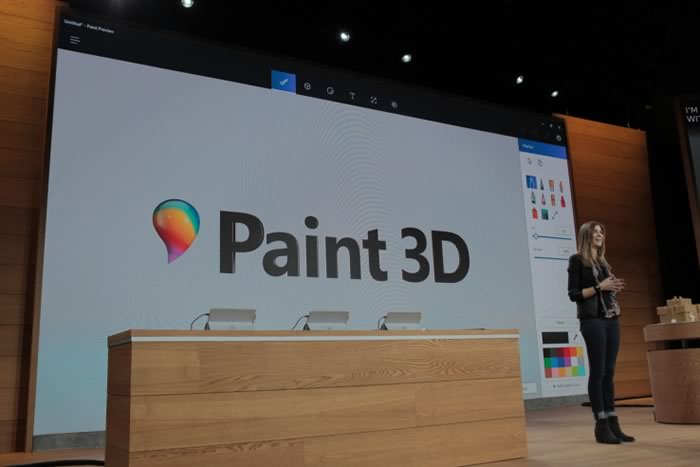
The app allows users to create or import 3D pictures, and edit them and share them with Paint Remix, within apps such as PowerPoint as well as mixed reality environments.
That last point is important to Microsoft's creators, 3D-for-everyone and mixed-reality visions but has gotten very little attention from Microsoft and industry watchers. Since Microsoft envisions everyone as "creators," it has equipped us to create 3D content for what it sees as the next shift in personal computing: mixed reality.
Microsoft wants consumers to create mixed reality content.
Most of the focus on mixed reality has been on the consumption of AR and VR content. Microsoft, however, is providing a comprehensive solution which gives consumers, via Paint 3D and the upcoming Windows 3D Capture smartphone app, the ability to create mixed reality content, as well. Microsoft Manager Megan Saunders put it this way:
Windows 10 allows your 3D content to seamlessly flow not only across your screens, but also out into your world. Take an object from the real world, capture it in 3D, edit it in Paint 3D ... bring it back into your world as a hologram or take it into a virtual world.
Microsoft is the only company with a comprehensive mixed reality solution that includes an OS as a mixed reality platform, a high-end AR solution in HoloLens, VR partnerships and mixed reality content creation tools for consumers.
3D made easy
During the introduction of Paint 3D, Microsoft referenced the 100 million users of its popular predecessor Microsoft Paint. Despite an inexplicable lack of marketing, Microsoft's framing of Paint 3D in that context reflects a desire for it to become an equally popular content creation tool for consumers.
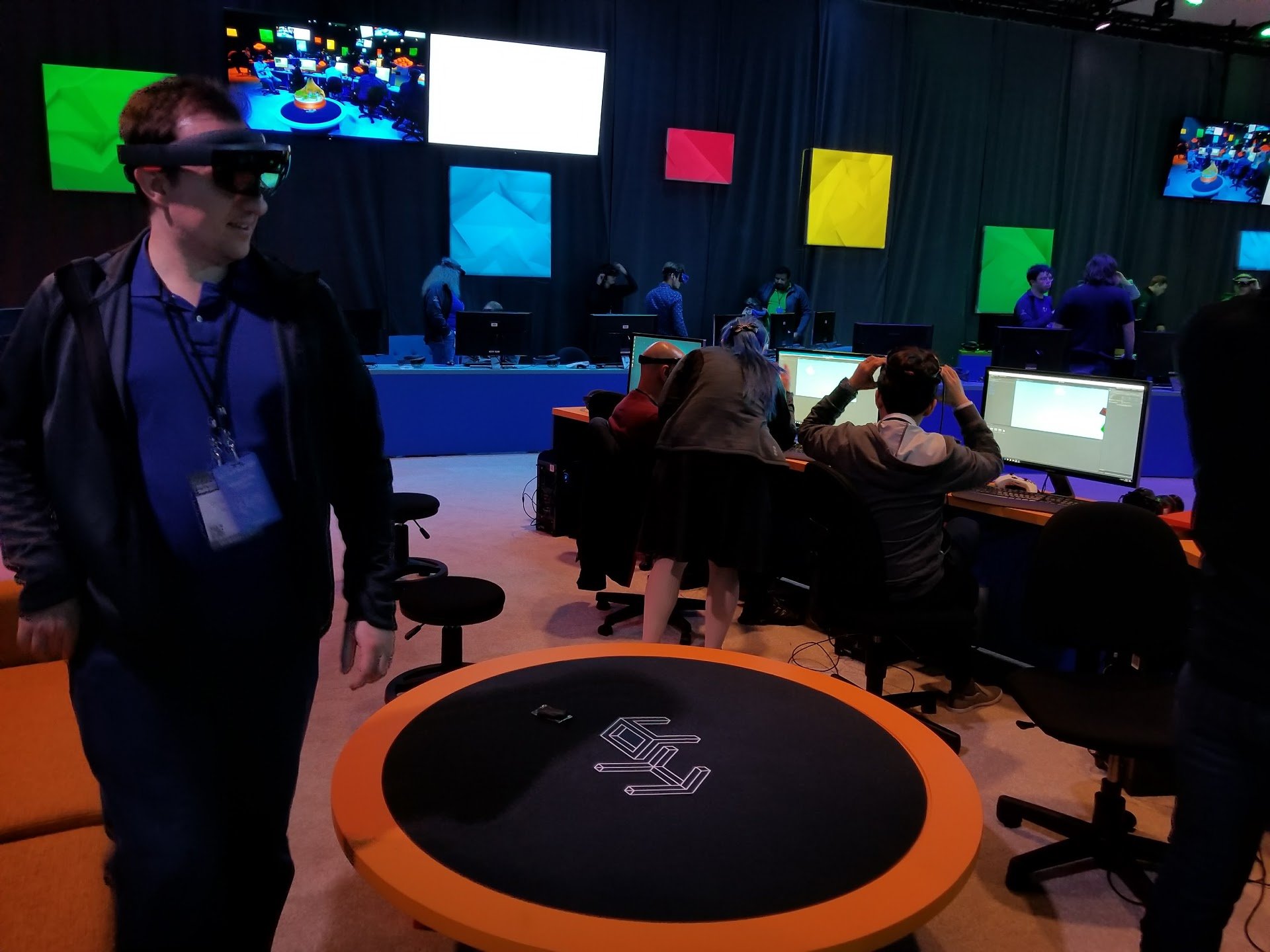
Furthermore, Paint 3D's connection to Microsoft's mixed reality vision imparts a greater degree of urgency for the app's adoption.
It's simplicity as a consumer-friendly tool for 3D creation, and the path it creates for providing content for Windows Mixed Reality, potentially introduces consumers to Microsoft's vision of mainstreaming mixed reality as the next step in personal computing.
Holographic computing — the new normal
Microsoft wants to "normalize" mixed reality content creation and consumption at the consumer level. If successful, Microsoft can potentially "close the loop" between its high-end industry-specific investments with Hololens and Windows Mixed Reality and the way users and developers might take advantage of 3D content creation for mixed reality.
Microsoft should be aggressively communicating that Windows 10 is a platform for mixed reality and that Paint 3D enables 3D content creation for mixed reality for everyone.
Rest assured that if Apple had created a mixed reality platform and an app that turns regular consumers into creators of 3D content that could be shared and integrated into AR and VR environments, you'd have already seen compelling TV ads showcasing users creating, interacting with and sharing 3D content.
Marketing Mixed Reality
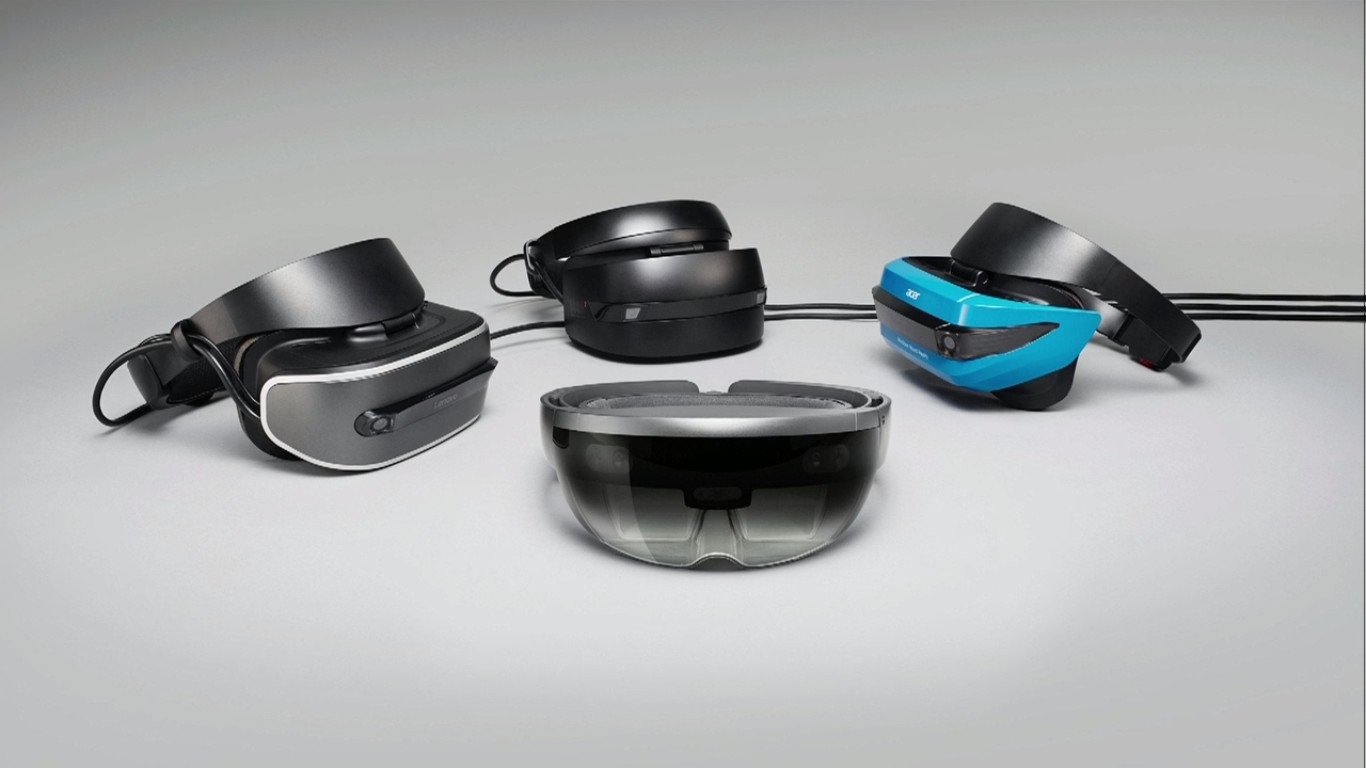
If Microsoft wants consumer mindshare for its mixed reality investments the company should run a comprehensive Windows 10 campaign that highlights specific OS features.
One series of ads should promote Windows 10 as a platform for Windows Mixed Reality. This segment of the campaign would complement any advertisements partners would run for their VR headsets. These ads might include showcasing partner hardware, but the focus would be an attempt to create an association in consumers' minds between mixed reality and Microsoft, by way of Windows 10.
An additional series of ads could focus on communicating how Paint 3D brings 3D and mixed reality content creation to everyone. These ads could highlight children and adults creating 3D content and could showcase the Windows 3D Capture app being used to import 3D content. They could also show users editing and bringing 3D content as holograms or 3D objects to AR and VR.
Microsoft must do far more than announce new features at events and create YouTube videos that only techies will watch. It must market its mixed reality vision to consumers — before Apple and Google do to Microsoft with mixed reality what they did to it with smartphones.
Jason L Ward is a columnist at Windows Central. He provides unique big picture analysis of the complex world of Microsoft. Jason takes the small clues and gives you an insightful big picture perspective through storytelling that you won't find *anywhere* else. Seriously, this dude thinks outside the box. Follow him on Twitter at @JLTechWord. He's doing the "write" thing!

